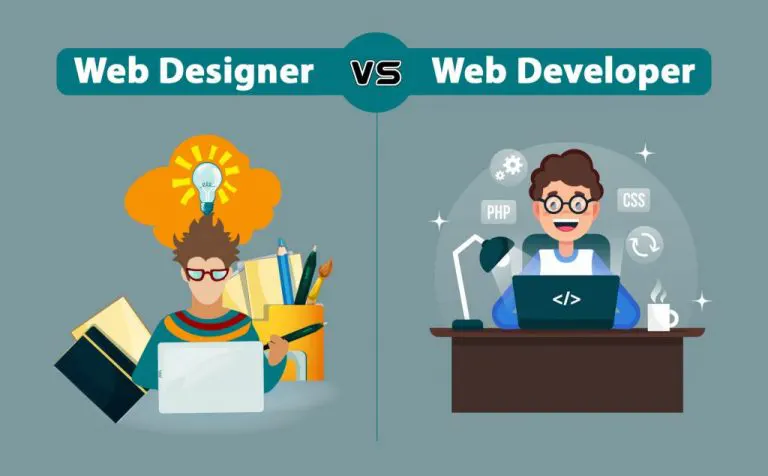This is the most important things that I would like to highlight related to the best website practice.
1. Well Designed and Functional
Your site reflects your company, your products, your services and ultimately your brand. So it’s important to be visually appealing, polished and professional. Allow white space, uncluttered layouts with quality photographs and graphics look and let your message shine through.
Equally important, the site must work quickly, correctly and as expected. Build to web standards, proofread rigorously and test regularly for problems with speed or functionality. Every page should always be fast and functional, because any of them could be a potential customer’s first or only impression. Broken, slow, or poorly constructed areas will leave your visitors frustrated and encourage them to leave.
2. Easy to Use
Site visitors are always in a hurry. Don’t make them work for information. User Experience (UX) plays a key role in helping visitors use, understand and stay on your website. Create obvious, logical navigation with clear hierarchy. Use consistent layouts and visual cues for functionality across the site.
Your site should satisfy both ‘searchers’—coming for something specific, and ‘browsers’—just looking. Help users accomplish their tasks quickly with onsite search, and keep them engaged by suggesting related content and minimizing dead ends.
3. Optimized for Mobile
Today there are no excuses, your site must look great and work well on any platform. The growth of mobile and tablet devices is not slowing down and you just don’t know what your next visitor will be using. Optimizing for mobile will improve both the experience of your visitors and your SEO Rankings.
4. Fresh, Quality Content
Be succinct, interesting and new. Use language that makes sense to your audience—avoid jargon, corporate speak and acronyms. Explain your “Why.” Visitors have short attention spans: spell correctly, be accurate, be relevant and update regularly. (Some tips here.) Blogs and social media updates are great ways to add fresh content, which keeps visitors returning and helps SEO strategy. Yes, keeping things fresh requires a bit of investment. No, you can’t do without it.
5. Readily accessible contact and location
Your audience won’t chase you down. Make it easy to engage, offer multiple points of contact: phone, email, social media and maybe an easy-to-use contact form. A Google map is a bonus. Above all, ensure that this information is readily available on an easy-to-find contact page—if not every page of your site.
6. Clear calls to action
If your site asks nothing of visitors, they will surely do nothing. What is the purpose of your site? Is that purpose clear to visitors? Even informational sites want visitors to read and share articles, follow the company on social media, download toolkits, join mailing lists or learn more about the organization. Include an ask on each page.
7. Optimized for Search and the Social Web
It’s not enough to build a nice looking website that’s easy to use. It needs to earn traffic. Otherwise, all that effort in design, UX and content development will be for naught.








